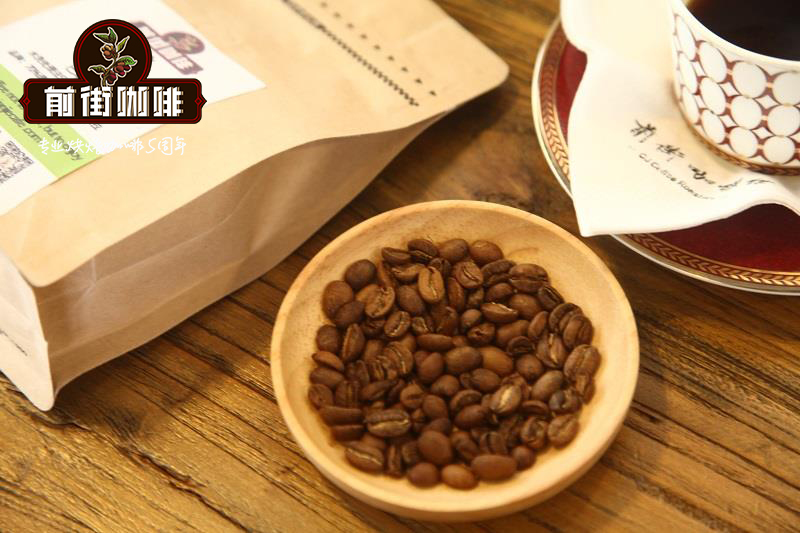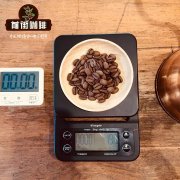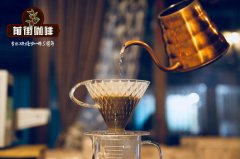Indonesia Acimanin Rafi Manning introduced single coffee beans recommended

Professional coffee knowledge exchange More coffee bean information Please pay attention to coffee workshop (Weixin Official Accounts cafe_style)
Rafimantinen Information:
Name: Bliss of Gayo
2. Country of origin: Indonesia
3. Production area: Gayo Highland, Aceh Province, Sumatra
3. Altitude: 1300 ~ 1400 m
4. Soil: dark black volcanic and humus soil
5. Manor: Selected batches of dozens of small farmers, not single farms.
6. Treatment method: Wet Hulled (half washing method, wet grinding method)
7. Cup Reviews: Clear, clean, non-traditional mantlenin texture, extremely sweet, medium roast with Koho grape juice-like charm, high consistency, making single-serve coffee with a different feel from ordinary mantlenin.
When used as an espresso blend base, it presents a clean, non-greasy flavor spectrum and is ideal for heavy use to increase the sweetness and crema durability of the formula without sacrificing flavor clarity.
Production area
Indonesia is an archipelagic country, mainly producing in Sumatra, Java and Sulawesi three islands. The northern part of Sumatra is relatively high above sea level. Aceh Province, where Lake Tawa is located, and North Sumatra, where Lake Toba is located, are the main Arabica coffee producing areas. Lake Tawa is located in the Gayo Mountains in the north of Sumatra Aceh Province, across Indonesia on both sides of the equator. The humid tropical rain forest climate is rich in rainfall, and the fertile volcanic soil brings rich nutrients to coffee. However, due to its remote location and inconvenient transportation, coffee was not cultivated until 1924. Most of them were planted organically with traditional shade and no pesticides.
In Aceh, coffee is the second largest export cash crop in the region. There are an estimated 60,000 small-scale coffee farmers, each with about 1- 2 hectares of coffee growing land. Indonesia's traditional way of coffee trade is multi-point supply, starting from farmers, through multiple layers of middlemen, slowly assembled a large number of export goods. In Indonesia's coffee trading system, direct trade through a single window, receiving coffee from farmers and arranging for export, is relatively rare in Indonesia.
Important Notice :
前街咖啡 FrontStreet Coffee has moved to new addredd:
FrontStreet Coffee Address: 315,Donghua East Road,GuangZhou
Tel:020 38364473
- Prev

Yemeni Coffee beans grow Yemeni Udini Coffee what are the main varieties of Yemeni coffee
For more information on coffee beans, please follow the coffee workshop (official Wechat account cafe_style) if Ethiopian coffee is a changeable woman-with complex flavors of fruit and flowers, then Yemeni coffee is a brave man-chocolate, tobacco and thick taste with a gentle sweet tail. This batch of Yemeni coffee is of high quality.
- Next

Do you know that Yemeni coffee is also called coffee queen? description of Yemeni coffee flavor, taste and aroma
Professional coffee knowledge exchange more coffee bean information please follow the coffee workshop (Wechat official account cafe_style) Yemeni coffee Moka Matali as soon as we talk about Yemeni coffee immediately reminds people of thick and wild sun-cured beans Yemeni coffee has a long history, about the 6th century Arabica beans were introduced from the Hara region of Ethiopia since ancient times Yemeni coffee farmers
Related
- Detailed explanation of Jadeite planting Land in Panamanian Jadeite Manor introduction to the grading system of Jadeite competitive bidding, Red bid, Green bid and Rose Summer
- Story of Coffee planting in Brenka region of Costa Rica Stonehenge Manor anaerobic heavy honey treatment of flavor mouth
- What's on the barrel of Blue Mountain Coffee beans?
- Can American coffee also pull flowers? How to use hot American style to pull out a good-looking pattern?
- Can you make a cold extract with coffee beans? What is the right proportion for cold-extracted coffee formula?
- Indonesian PWN Gold Mandrine Coffee Origin Features Flavor How to Chong? Mandolin coffee is American.
- A brief introduction to the flavor characteristics of Brazilian yellow bourbon coffee beans
- What is the effect of different water quality on the flavor of cold-extracted coffee? What kind of water is best for brewing coffee?
- Why do you think of Rose Summer whenever you mention Panamanian coffee?
- Introduction to the characteristics of authentic blue mountain coffee bean producing areas? What is the CIB Coffee Authority in Jamaica?

